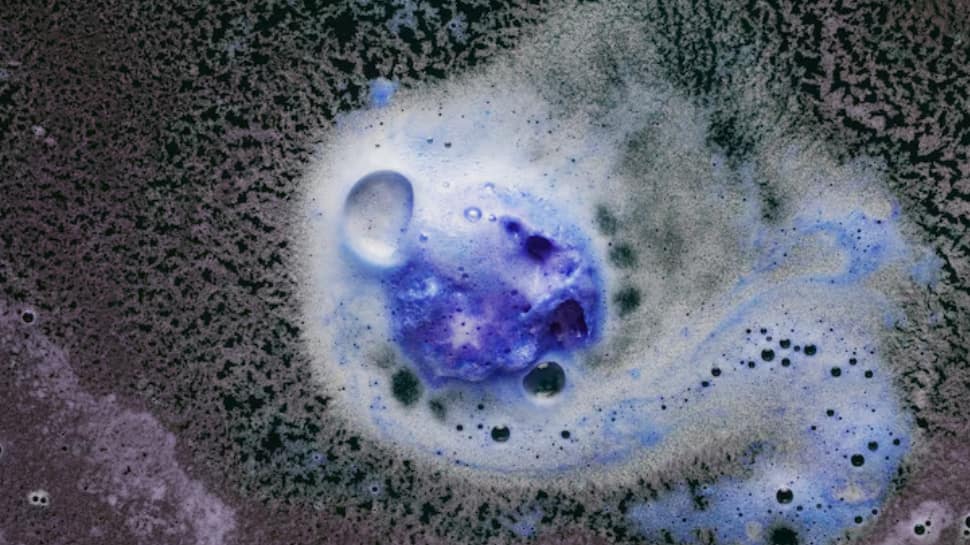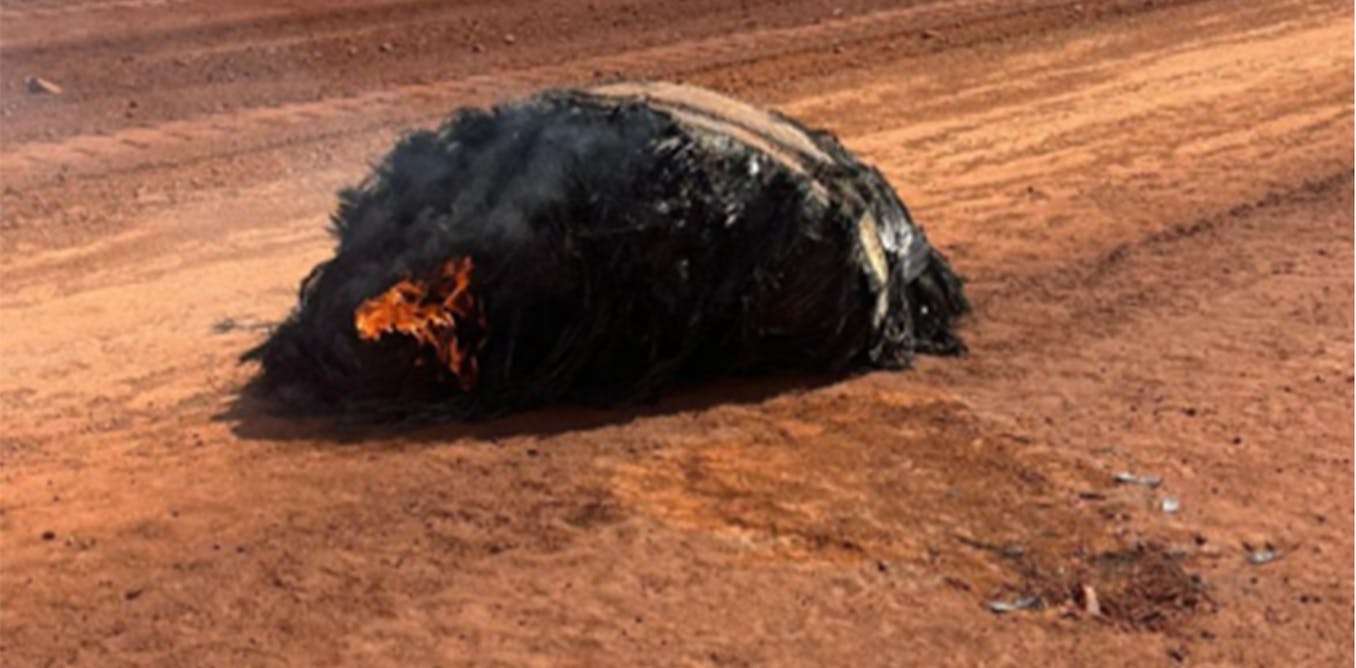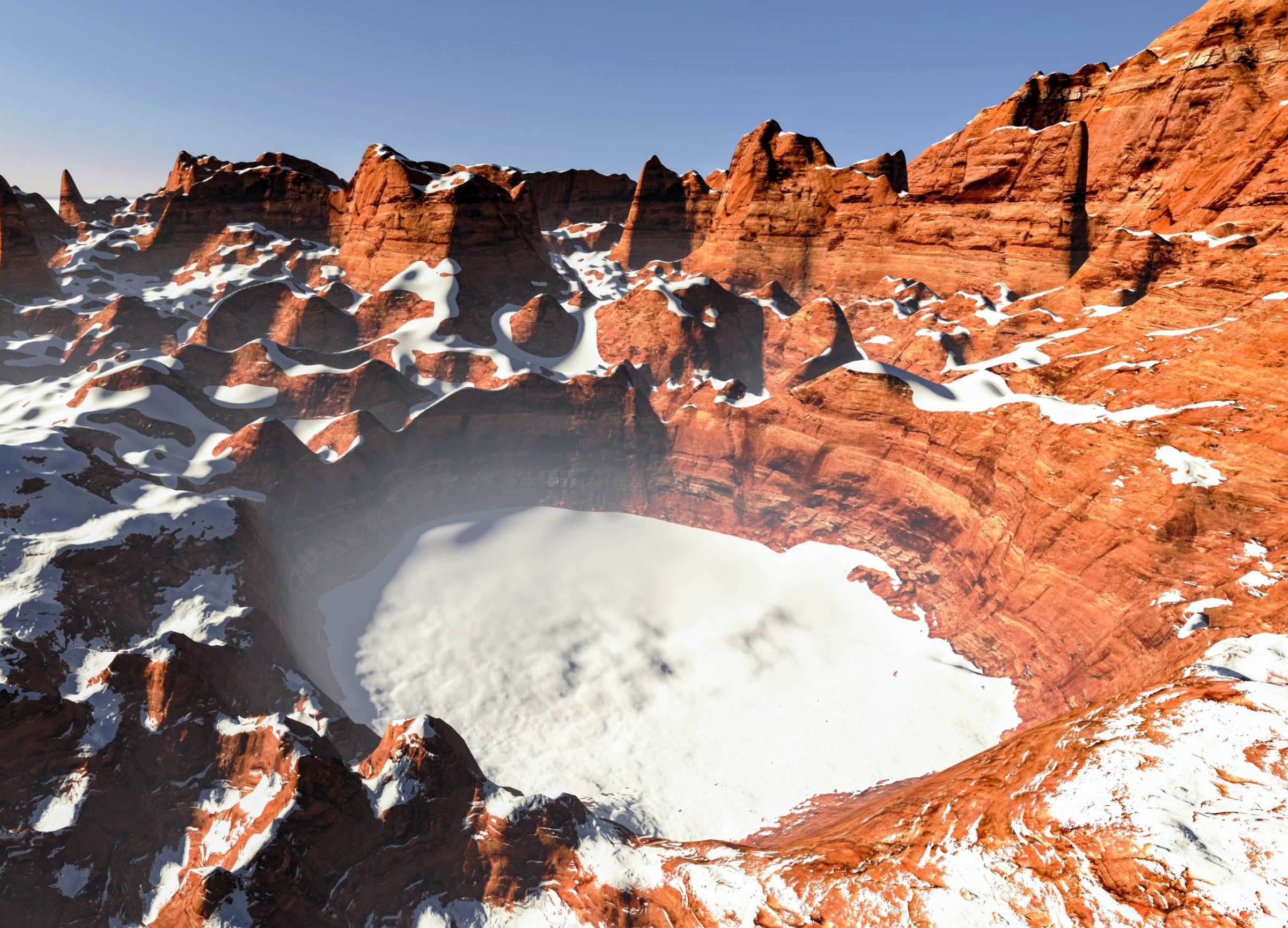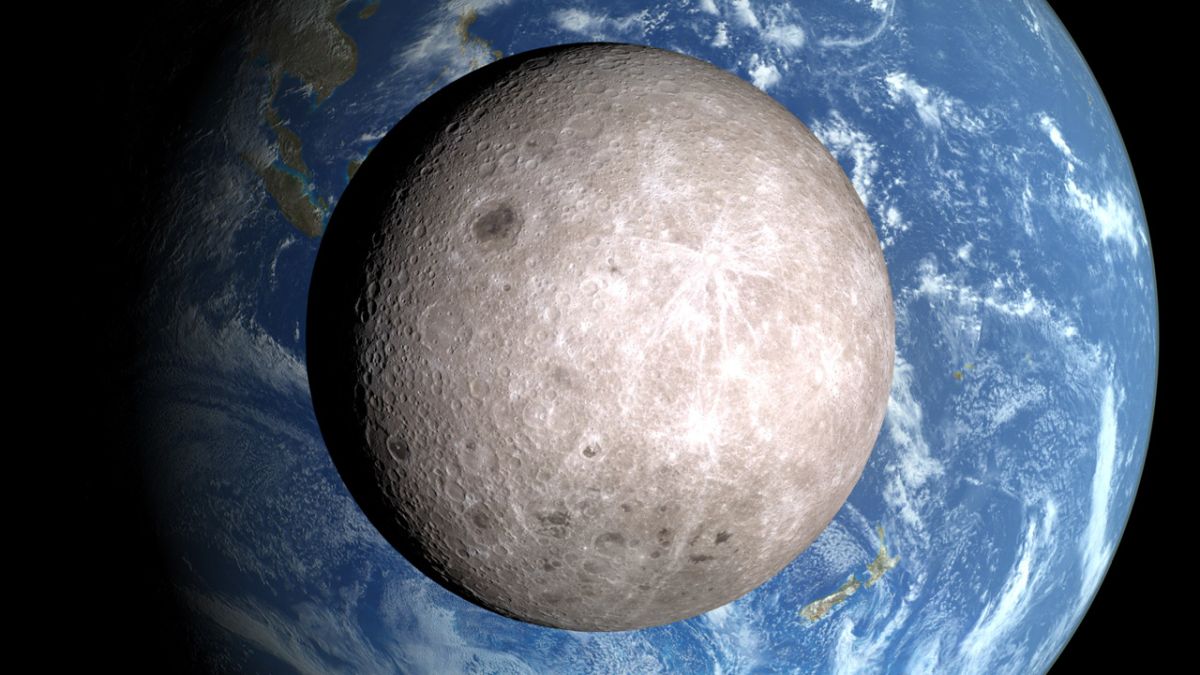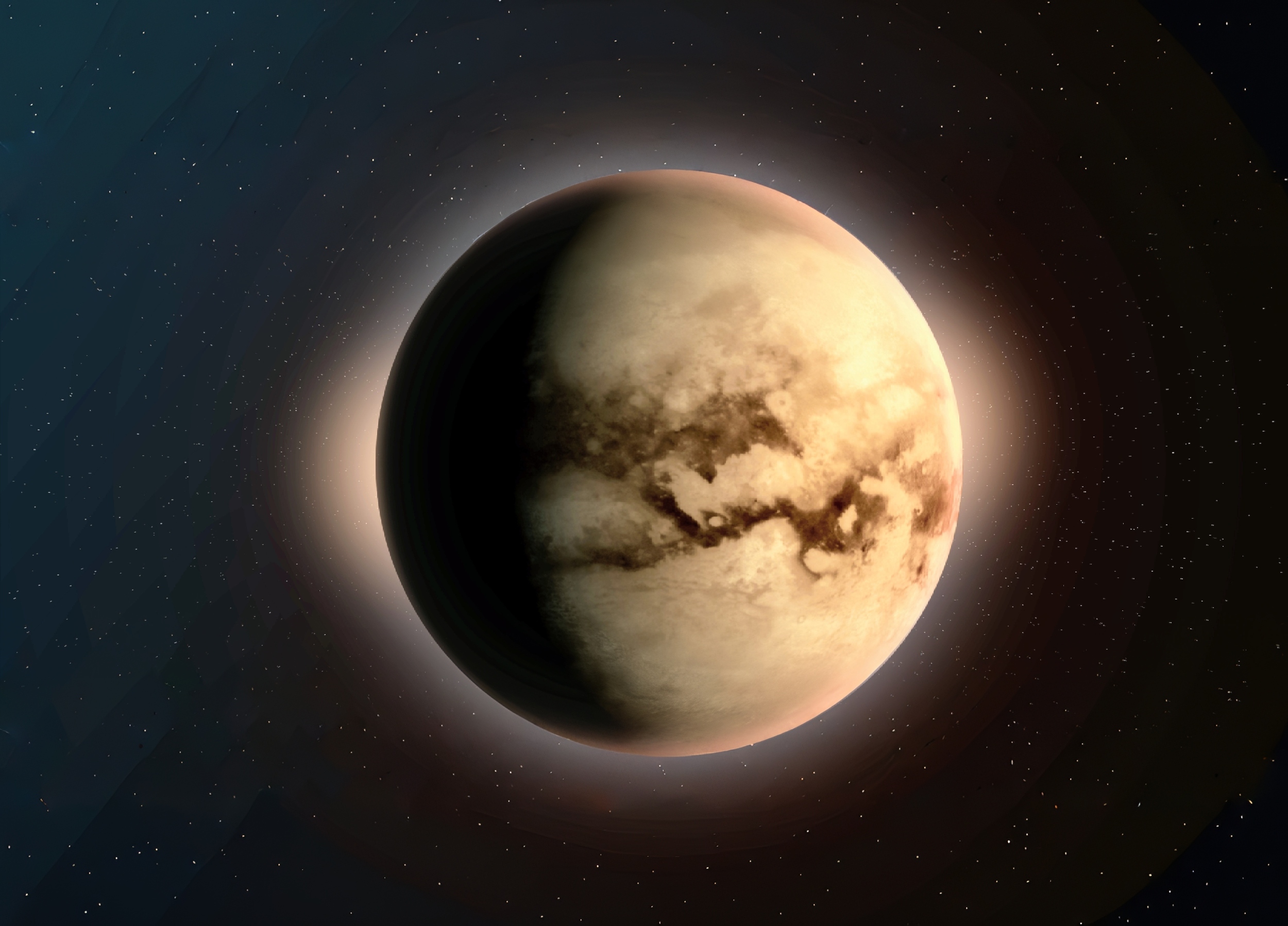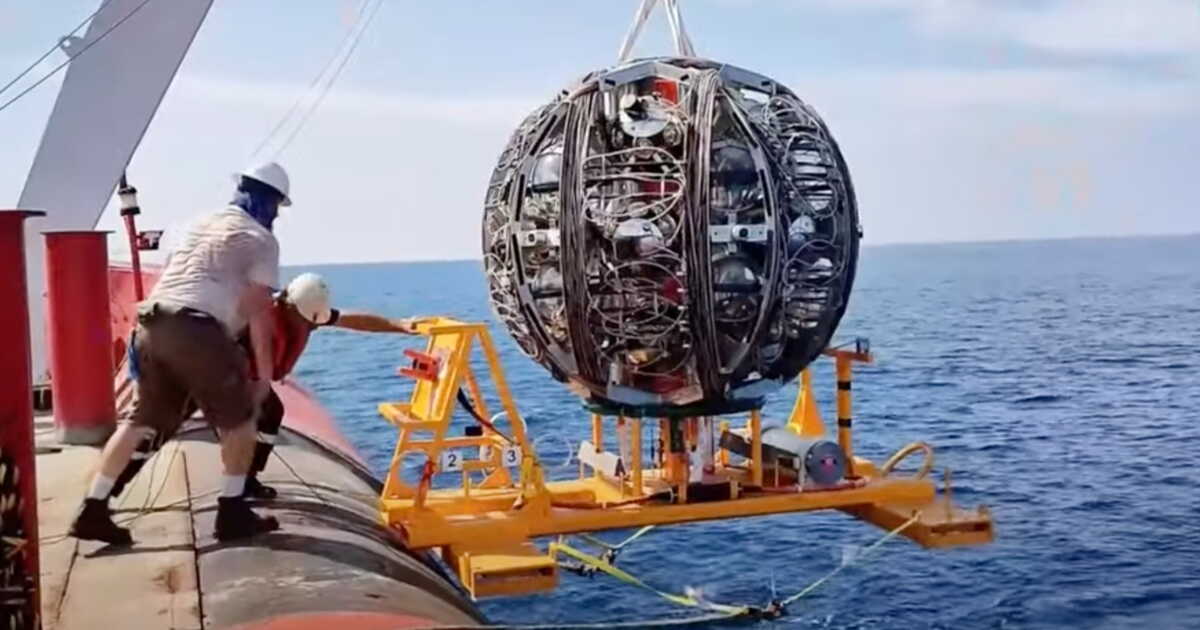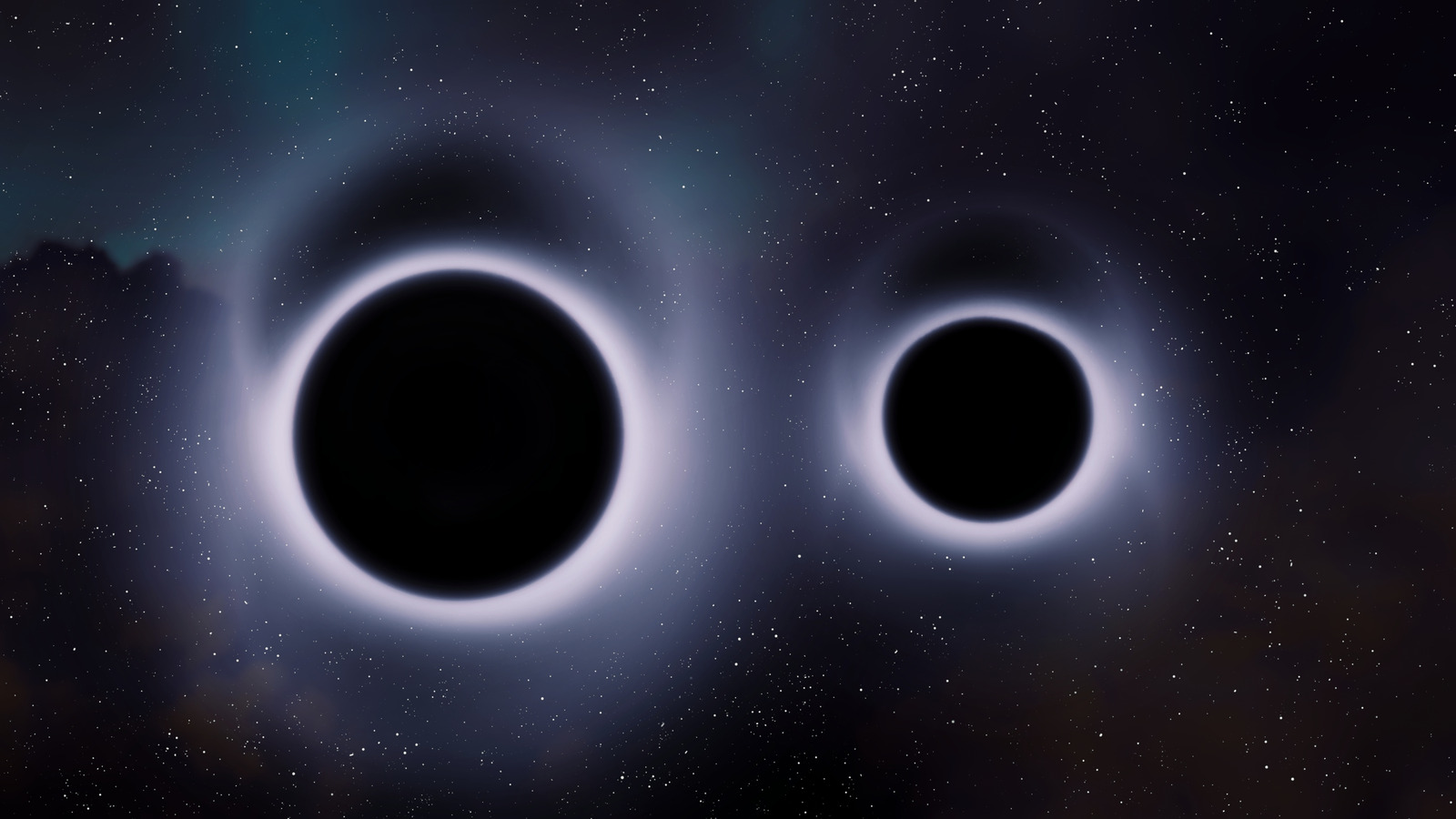Melting Arctic Ice: A Surprising Lifeline for Marine Ecosystems?

Have you ever thought that the melting of Arctic sea ice could actually spark a surge in life? This mind-boggling revelation comes from a groundbreaking study that unveils how the retreating ice is not just an environmental disaster but might also create new opportunities for marine ecosystems.
Researchers at the University of Copenhagen have discovered that as sea ice recedes, it catalyzes the growth of algae, the very foundation of the Arctic's marine food web. Algae are essential for sustaining ocean life, but until now, scientists believed that nitrogen—a critical nutrient for their growth—was too scarce in these icy waters. This new study flips that notion on its head, suggesting that more nitrogen may be available than previously thought, potentially reshaping the future for marine life in this fragile region.
So, what’s driving this unexpected boon? The study reveals a hidden source of nitrogen beneath the ice. It confirms that nitrogen fixation, a process where specific bacteria convert nitrogen gas from seawater into ammonium, occurs even in the most remote parts of the Arctic Ocean. This ammonium not only supports bacteria but also nourishes algae, ultimately benefiting the entire ecosystem. Lead author Lisa W. von Friesen, a former PhD student at the Department of Biology, pointed out, “Until now, it was believed that nitrogen fixation could not take place under the sea ice. We were wrong.”
Interestingly, while most oceans rely on cyanobacteria for nitrogen fixation, the Arctic Ocean thrives on a different group of bacteria known as non-cyanobacteria. The researchers noticed the highest rates of nitrogen fixation occurring along the ice edge, where melting is most intense. As climate change accelerates ice retreat, this expanding melt zone opens the door for more nitrogen to enrich the ecosystem.
But it doesn’t stop there. An increase in nitrogen could also influence how much carbon dioxide the Arctic Ocean absorbs. More algae mean more photosynthesis, allowing the ocean to capture greater amounts of CO2. Lasse Riemann, a professor at the Department of Biology, explains, “If algae production increases, the Arctic Ocean will absorb more CO2 because more CO2 will be bound in algae biomass.” However, he warns of complexities in biological systems that make it challenging to predict outcomes definitively.
For the researchers, this study emphasizes the importance of considering nitrogen fixation in future models predicting the Arctic's fate as sea ice diminishes. Riemann concludes, “We do not yet know whether the net effect will be beneficial for the climate. But we should include an important process such as nitrogen fixation in the equation.”
In the Arctic, non-cyanobacteria are the champions of nitrogen fixation. These microorganisms thrive by consuming dissolved organic matter released by algae, which in turn fosters further algal growth—a vital nutrient loop beneath the ice. Algae not only serve as the primary food source for countless marine creatures but also act as natural carbon sinks. As they grow, they sequester CO2 from the atmosphere, which can eventually be deposited on the ocean floor as part of their biomass.
This remarkable study, published in Communications Earth & Environment, showcases the collaborative efforts of scientists from multiple European institutions, including Denmark, Sweden, Germany, France, the UK, and beyond. Their findings stem from extensive research expeditions aboard icebreakers, where they collected samples from various sites across the central Arctic Ocean.
So, as we witness these profound changes in our planet's climate, it’s essential to keep in mind that nature can be unpredictable. The loss of sea ice might be paving the way for a new lease on life for the Arctic’s marine ecosystems, and who knows what other secrets the melting ice has in store?














